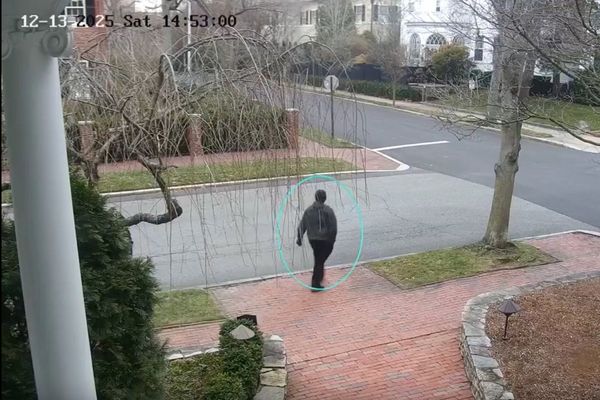
One pile for boxes, another for lamps. Then there’s the tower of yellowing newspapers, the top one dated 2003, alongside mounds of clothes, children’s toys, letters and bills that were paid years ago.
The stacks of objects littering Julie’s* home in Point Cook in Melbourne’s western suburbs are neat – there are just a lot of them.
The 71-year-old, who lives by herself in the home she raised her family in, hates the word “hoarder”.
“It’s an awful word, isn’t it?” she says. “But it is true.”
Julie was one of hundreds of elderly clients with complex mental health issues, mainly hoarding, that were being helped by the Brotherhood of St Laurence’s Critical Interim Support program. Last month the funding ran out, leaving them without assistance.
Julie says the hoarding is “just a matter of not wanting to let go of things”, but its effect on her life has been profound.
During Covid lockdowns it was at its worst – nothing was leaving the house. The piles were getting larger, filling her two-storey home. Julie started feeling scared to open her front door and step outside, even just to go to the letterbox. She was falling over things.
Julie has a social life – she volunteers and sees her friends regularly. The shame of hoarding is wrapped up in secrecy. Only her daughter and two friends know. None of them can help her.
“They’ve said ‘I will come and just pick stuff up and put it at the front’. But it doesn’t work like that. It has to go through me, and I have to be the one to release it.”
In Julie’s house, one room is filled entirely with things her parents owned – books, luggage, wooden boxes. The garage is full and there is no room to move in the attic. There is no space for her grandsons to stay over.
“I’m hanging on to memories,” she says. “I feel, if I let something go, I’ve lost the memory.”
Standing in Julie’s bedroom, the queen bed is half covered by objects. There’s a small space where she can sleep. She shuffles over to a pile of brochures from holidays – some from decades ago.
“Things like that, they have just evolved over the years. Things have accumulated,” she says.
“I definitely don’t want to be like this, that’s for sure. I never envisioned this.”
Over four years the Critical Interim Support program helped 379 people, nearly two-thirds of whom, like Julie, lived alone. The average age was 77, but clients ranged from 51 to 103-years-old.
Nearly all of the participants were provided with care that enabled them to stay in their homes. Just 10 had to be moved into residential care as they were too ill to remain at home.
Julie was far from the program’s most complex case, according to case manager Wouter Spijker.
“The largest percentage of people we worked with, you couldn’t get in their homes,” he says. “If you could get in, it would be a biohazard.”
More than 700,000 Australians are estimated to be affected by hoarding disorder. It is more likely to worsen with age, showing up in 2.5% of the working-age population compared to 7% of older adults.
There are many different types of hoarders, and it is not clear what causes the affliction.
“You have people who hoard meals, delivered meals,” Spijker says.
“You just don’t carry out your rubbish. For instance, you buy stuff and the food, all the scraps … nothing comes out for years.”
It was not just hoarders; the program would cost on average $4,075 a client each year to run, a sliver of the $84,456 average spent on residential care. It also says it would reduce bed blocking and ambulance ramping by keeping clients at home.
If the program isn’t resurrected, many older Australians living in squalor will continue to live in isolation, Spijker says.
“It’s that circuit-breaker,” he says.
Labor did not reply to questions about whether it would fund the program, but a spokesperson said people “deserve to age with dignity” and that the government’s $4.3bn Support at Home program would “help 1.4 million Australians remain independent in their homes by 2035”.
The shadow minister for health and aged care, Anne Ruston, said the Coalition was “committed to reducing loneliness and isolation and investing in programs to support that” but stopped short of promising to fund the program if successful at the upcoming election.
Julie, who was working with two carers in the program for around a year, said they helped her find the right mental state to let go of things. Without them, her motivation is waning, and the piles will continue to grow.
“I want to see them again,” she says of the two people who were helping. “I want them here. I need help. I just really need help. I don’t want things to deteriorate.”
*Julie’s name has been changed to protect her privacy.







